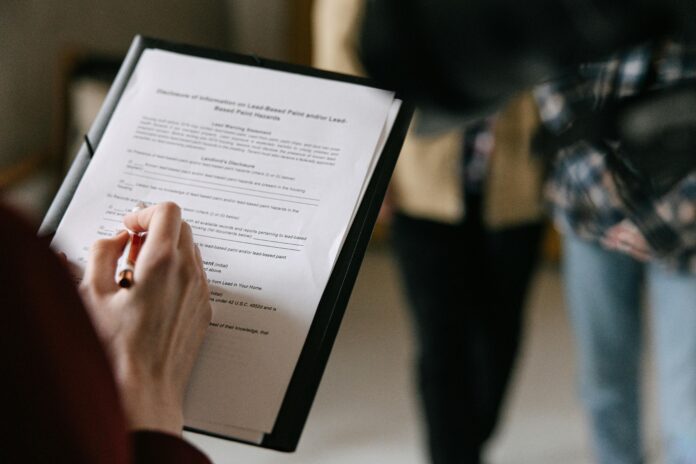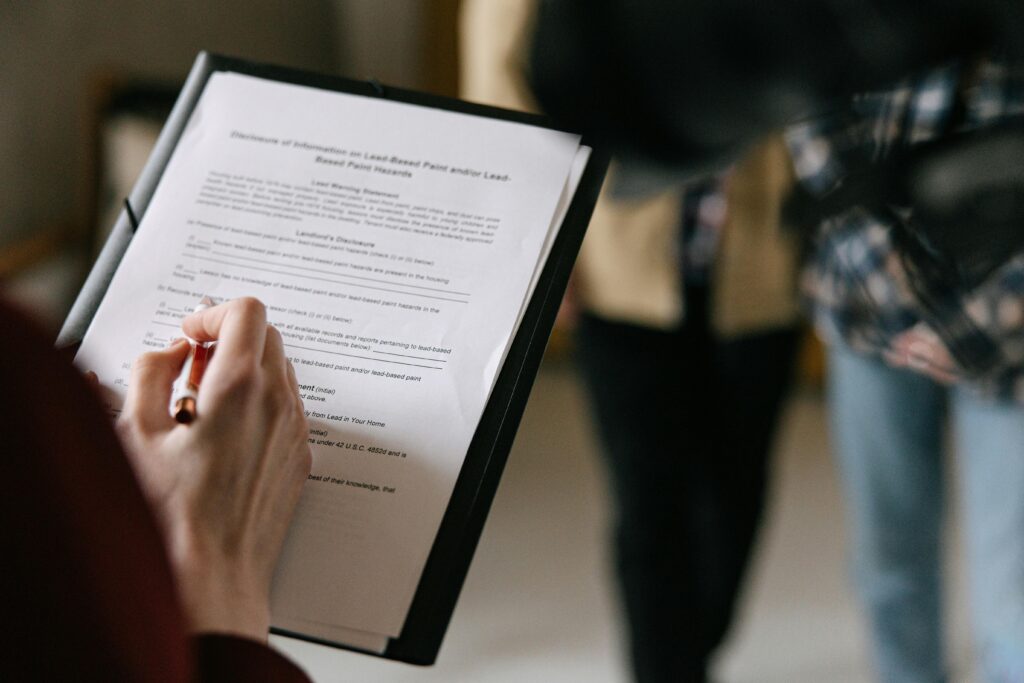
The lease has been signed; What are the tenant’s responsibilities versus the landlord’s?
Signing a lease is a significant milestone, marking the beginning of a new living arrangement. But what exactly does this agreement entail for both tenants and landlords?

Let’s start by defining the lease. At its core, a lease is a legally binding agreement between a landlord and a tenant, setting out the terms and conditions for renting a property. This contract establishes the rights and responsibilities of both parties, ensuring clarity and protection for everyone involved. Understanding these responsibilities is crucial for maintaining a harmonious living situation and avoiding disputes down the line.
What Are Tenant Responsibilities?
As a tenant, your primary duties revolve around respecting the lease terms. This means paying rent on time, keeping the property clean and well-maintained, and promptly informing the landlord of any maintenance issues. It’s also essential to avoid making unauthorised alterations to the property. Beyond this, tenants are typically responsible for covering utilities and may need to purchase renter’s insurance to protect their personal belongings.
Landlord Responsibilities
On the other hand, landlords have their own set of obligations to fulfil. They must ensure that the property is habitable, safe, and compliant with all relevant regulations. This includes handling repairs, addressing maintenance concerns, and ensuring essential services like plumbing and air conditioning are functioning properly. Respecting the tenant’s privacy is equally important, meaning landlords must provide proper notice before entering the property.
Special Agreements and Pre-Arrival Notes
In some cases, leases may include additional notes or special agreements that need attention before the tenant moves in. Landlords should act promptly on these, whether it involves scheduling repairs, upgrading internet packages, painting, or clarifying specific maintenance expectations. Addressing these items early on sets the stage for a smoother rental experience.
Furnished Properties: The Importance of an Inventory Checklist
For properties rented furnished, an inventory checklist is essential. This document, provided at the start of the lease term, details all contents and any existing damages. It serves to protect both the tenant and landlord from disputes over security deposits when the lease ends. Completing this checklist thoroughly can save both parties from potential headaches later.
The First 30 Days: A Grace Period for Maintenance
Lastly, it’s important to understand that any maintenance issues reported within the first 30 days are generally the landlord’s responsibility. This grace period allows tenants to settle in and report any pre-existing problems without being held accountable. By clearly defining these roles, both tenants and landlords can create a positive and stress-free renting experience.



